Science & Tech
Harriet Brewis
May 21, 2024

Parsons Island (top left) holds clues to America's origins that could rewrite the history books
(Darrin Lowery/iStock)
The question of how humans first arrived in the Americas has long been a subject of fascination and debate.
Over the past century, the timeline has shifted earlier and earlier and, today, scientists mostly agree that people were living on the continent at least 15,000 years ago.
Now, a new discovery could rewrite the story again, pushing back the arrival time further than most experts ever dreamt possible, and forcing them to reconsider just how human populations got there in the first place.
At the heart of all this is a crumbling, unremarkable-looking landmass in the eastern United States and a coastal geologist named Darrin Lowery.
Lowery and his fellow researchers have discovered more than 280 artefacts from the landmass, named Parsons Island, which sits less than a mile offshore, in Chesapeake Bay, between Maryland and Virginia.
The oldest of these, they claim, was embedded in charcoal which dates back more than 22,000 years – a time when much of North America would have been covered in ice sheets, the Washington Post reports.
If Lowery’s findings are accurate, Parsons Island – which measures just 78 acres (around 0.3 square kilometres) could rewrite American prehistory.
It would also invite a host of new questions, such as: How did these early people get there? Were these mysterious people the ancestors of Native Americans? And how many waves of early migration to North America were there?
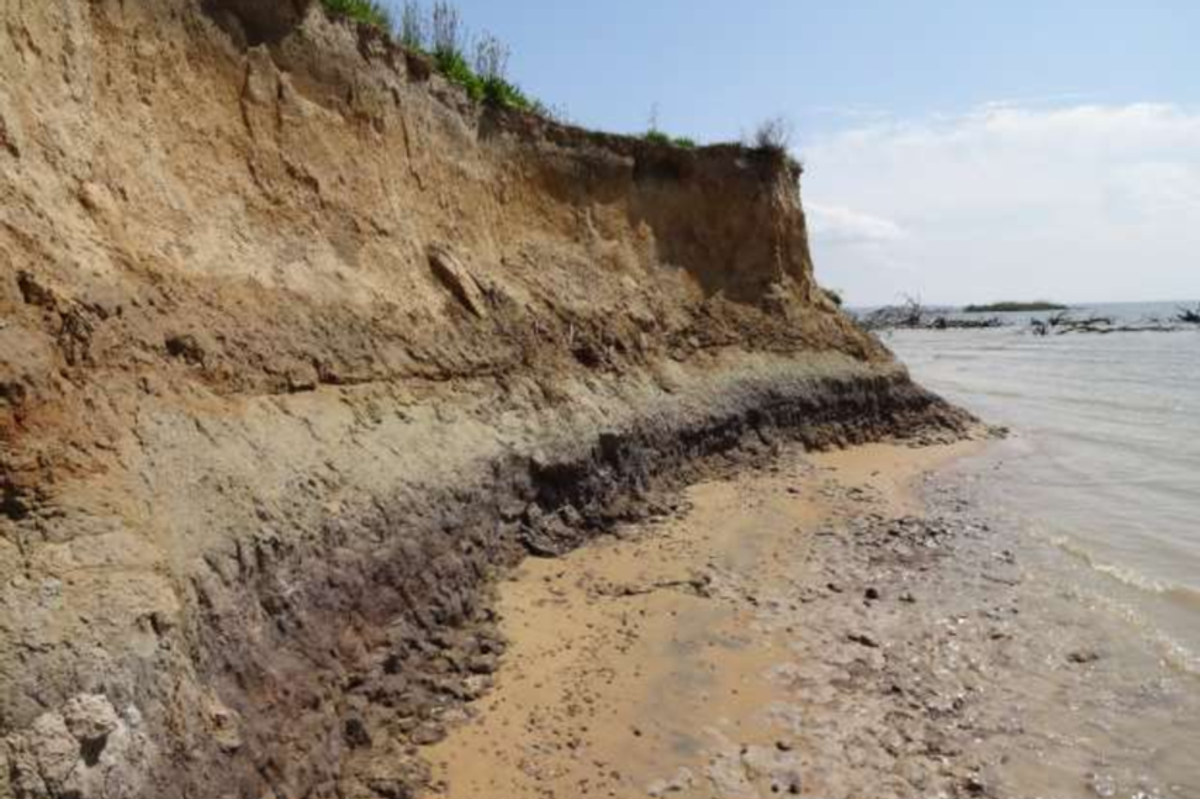
Various theories have existed regarding the populating of the Americas, with one in particular dominating the latter half of the 20th century.
The hypothesis, dubbed “Clovis first”, posited that humans travelled from Siberia, in Asia, to North America via a land bridge that connected the two continents during the last Ice Age when sea levels dropped.
They then moved southwards around 13,000 years ago when the ice sheets covering the continent receded, exposing a previously impassable inland route.
These people, named after a site in Clovis, New Mexico, left behind distinctive stone points that have since been unearthed across the Americas.
Lowery himself found one of these when he was just nine years old, as he wandered up the Chesapeake shoreline.
Some three decades later, the geologist and his team were exploring Parsons Island, when they discovered a leaf-shaped prehistoric stone tool jutting out of the bluff.
The tool was buried in a dark layer of sediment that was set down long before the time of Clovis.
Using two separate methods to date the sediment around the artefact, Lowery and his colleagues – working alongside geoarchaeologist Daniel Wagner – found the tool to be more than 20,000 years old.
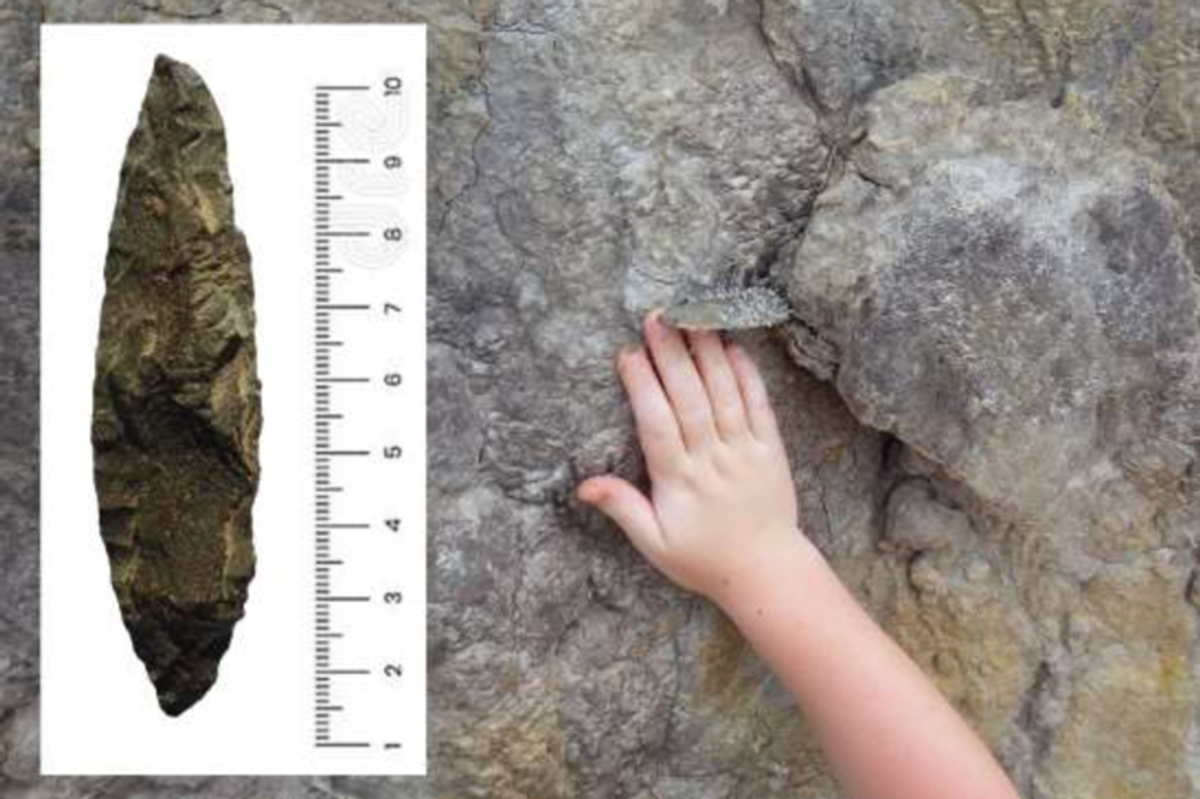
They then conducted a formal excavation of the beach and, over the course of 93 visits, collected 286 artefacts.
By sending sediment samples from the site to labs specialising in the study of ancient pollen and microfossils, the team was able to reconstruct the ecosystem at the time.
This testing revealed that the sediment in which the tools had been lodged dated to the “last glacial maximum” — a scientific term for the most recent coldest period of the Ice Age.
Lowery believes that the artefacts may have been transported downslope before they were buried, making them between 15,000 and 20,500 years old.
Describing the ancient landscape, which was not a coastline at the time, he told the Washington Post: “This was a swale, where water was collecting.
“You’ve got a dune. It’s got sedges (grasslike plants) and small trees on it that are windblown and all contorted, and then behind it you’ve got a little pond.”
This pond, he said, may have attracted prehistoric bison, oxen and llamas, whose fossilised molars he’s found scattered along the shore.
It may also have been what attracted the mysterious people who left behind those pre-Clovis stone tools.
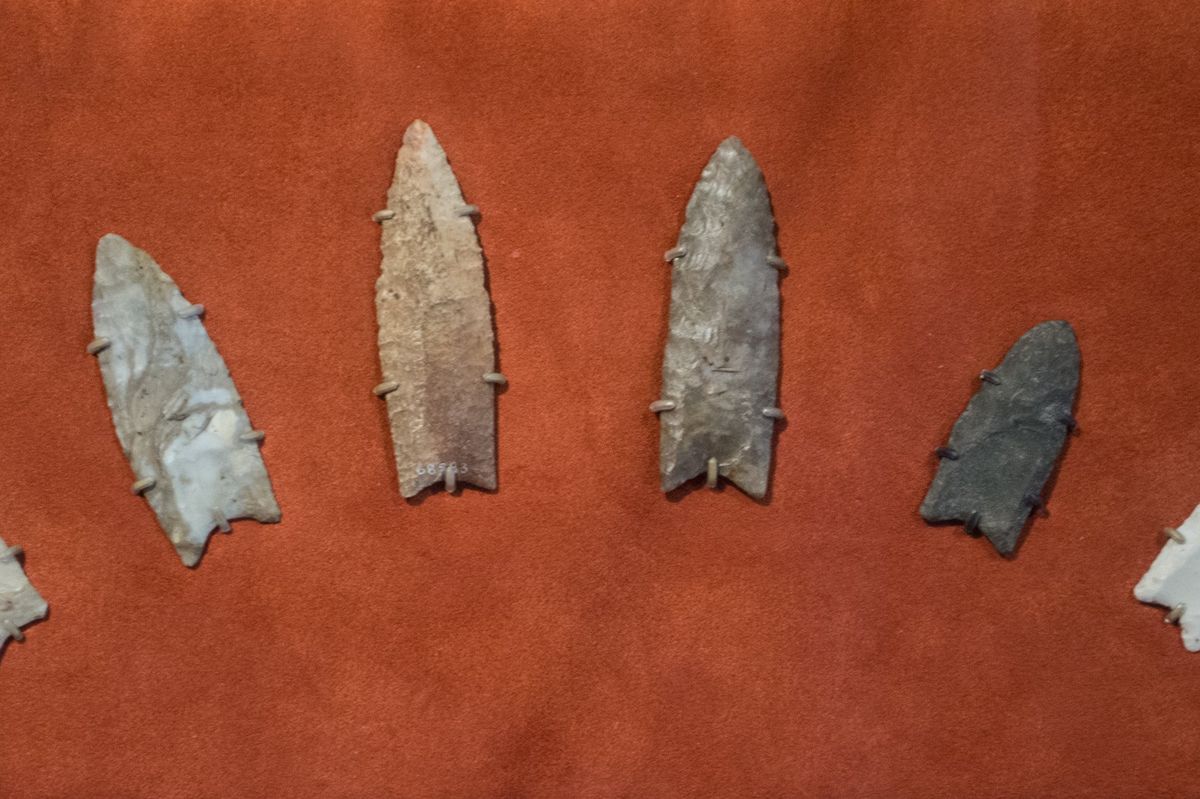
Indeed, Parsons Island is the latest in a growing list of what are known as pre-Clovis sites.
And because the “Clovis First” theory has been overwhelmingly discredited over the past 30 years, the debate has been reignited as to when the first Americans really did arrive.
The issue with establishing the exact age of these sites is that there are two significant hurdles to overcome.
The first is technical: dating a site convincingly can be difficult, particularly given that sediments can shift or be disturbed.
Furthermore, what may initially appear to be a manmade artefact can turn out to be a “geofact”, forged not by humans but by natural processes.
The second barrier involves the scientific community, who are famously hard to convince when it comes to evidence that undermines established thinking.
Nevertheless, Lowery insists that he drew on multiple labs and methods to accurately date the Parsons Island artefacts and has invited other researchers in to come and study the site.
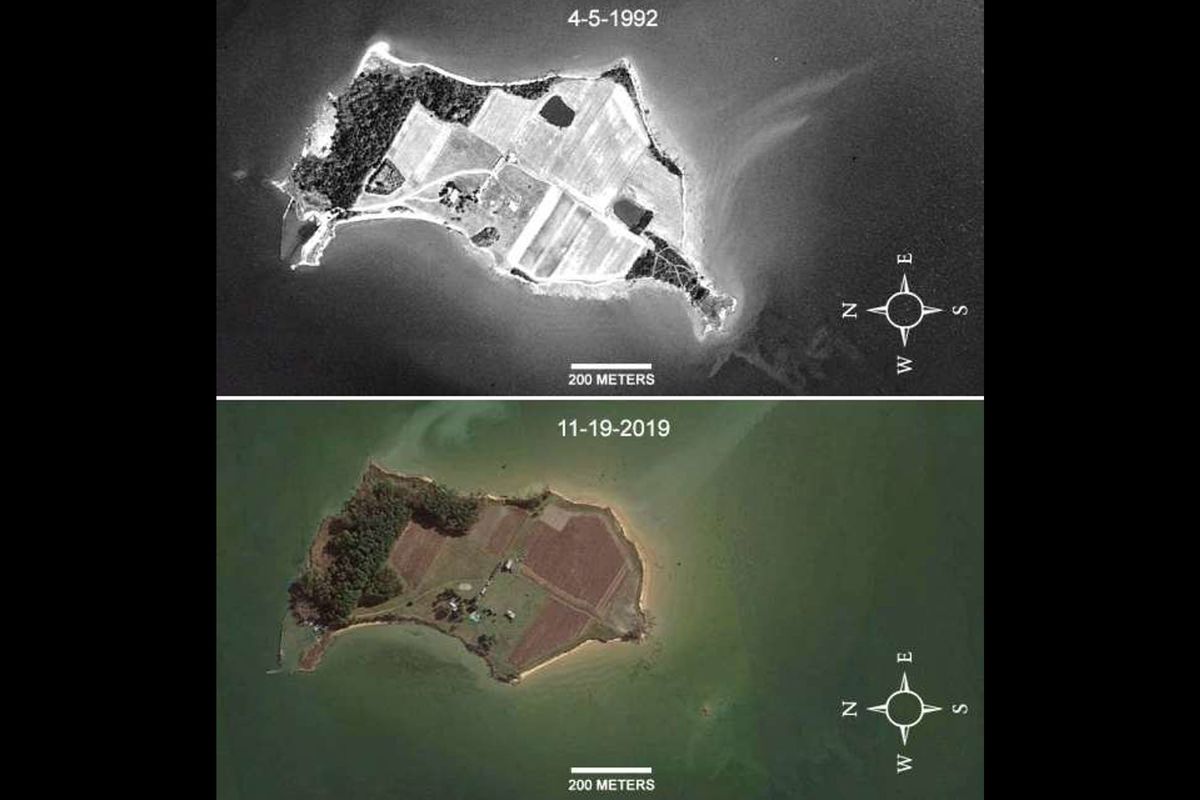
Still, when it comes to the Chesapeake site, there lies a more pressing issue: the island is at risk of disappearing.
The spot where most of the 286 artefacts were found is now drowned out by the waters of the bay, and Michael Waters, an archaeologist at Texas A&M University, who has been involved in the Parsons Island excavations, admitted that researchers had probably got to the site “too late”.
“Too bad we didn’t get there four to five years sooner,” he told the Washington Post.
Even so, Parsons Island isn’t the only site that could dramatically push back the timeline of humans’ arrival in the Americas.
Human footprints uncovered at White Sands National Park have recently been dated to between 21,000 and 23,000 years ago, meaning people were in the region during the Ice Age – much earlier than would be possible had humans arrived by the Asia-North America land bridge.
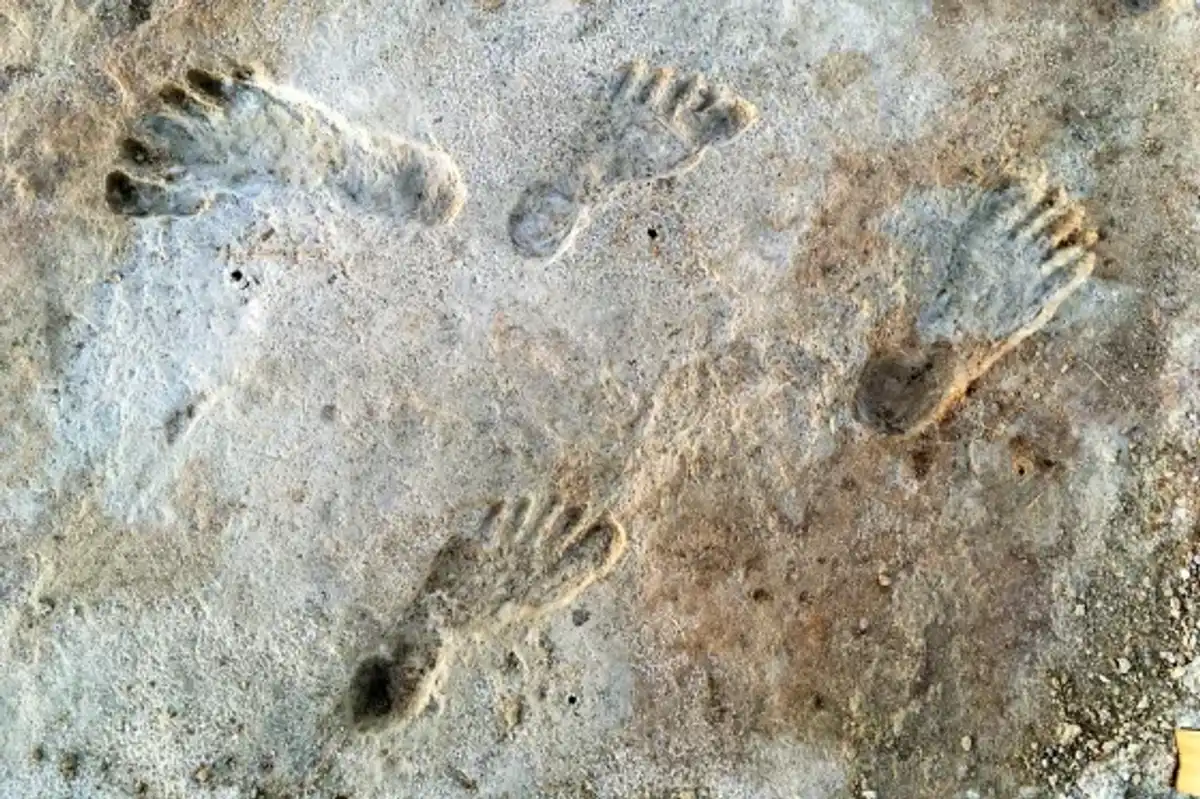
Elsewhere, experts have been examining genetic material preserved in bones and teeth and comparing these specimens to modern populations, enabling them to track when groups mingled and became isolated from one another.
This provides fresh insight into patterns on human migration and has revealed that the ancestors of Native Americans split from ancient Siberian populations no earlier than 23,000 years ago, according to the Washington Post.
Whilst scientists haven’t identified when such splits took place, many are interpreting the DNA data to mean that the ancestors of modern people didn’t arrive in the Americas until much later.
These genetic studies suggest that Native American ancestors entered what is now the US between 17,500 and 14,600 years ago.
However, Joe Watkins, a senior consultant for Archaeological and Cultural Education Consultants in Tucson, has stressed that such snippets of DNA don’t offer a full picture of how ancient sites relate to modern-day people.
“The reality is genetics does not equal culture,” Watkins told the Washington Post.
He also argued that there are still too few samples of ancient DNA available in the Americas to offer an accurate picture.
“Trying to create population histories based on 10 people, if you will, is a little bit of a scientific conundrum,” he said.
Still, the possibility remains open that, one day, additional prehistoric genomes will be found that help fill in the blanks.
Alternatively, it could emerge that earlier, pre-Clovis sites, represent small, isolated groups that died out before they could contribute to the ancestry of modern people.
“Let’s suppose you have a successful population colonising an area, and then one day, 15 males go out and get eaten by a short-faced bear,” Lowery said.
“You reduce the genetic diversity, and bada boom, bada bing, game over.”
Of course, this would completely destroy the theory that a single population migrated to the Americas as ice sheets retreated. And it also begs the question as to how such small groups could have made their way to the continent so early.
People could have migrated along the coast by boat, following a “kelp highway,” Lowery’s longtime collaborator, Dennis Stanford, suggested.
He proposed that people crossed the Atlantic Ocean in what is known as the Solutrean Hypothesis. This hypothesis posits that the earliest human migration to the Americas took place from Europe, with ancient flint-tool-wielding people, known as Solutreans, travelling along the ocean on pack ice.
But this theory has been rejected by some experts as both “scientifically wrong and racist”.
Ultimately, when it comes to prehistory there are no easy answers. Archaeologists and geologists will have to keep hunting for evidence if they want to piece together the past.
Sign up for our free Indy100 weekly newsletter
How to join the indy100's free WhatsApp channel
Have your say in our news democracy. Click the upvote icon at the top of the page to help raise this article through the indy100 rankings
Top 100
The Conversation (0)













